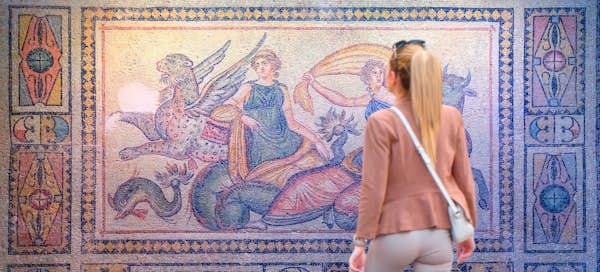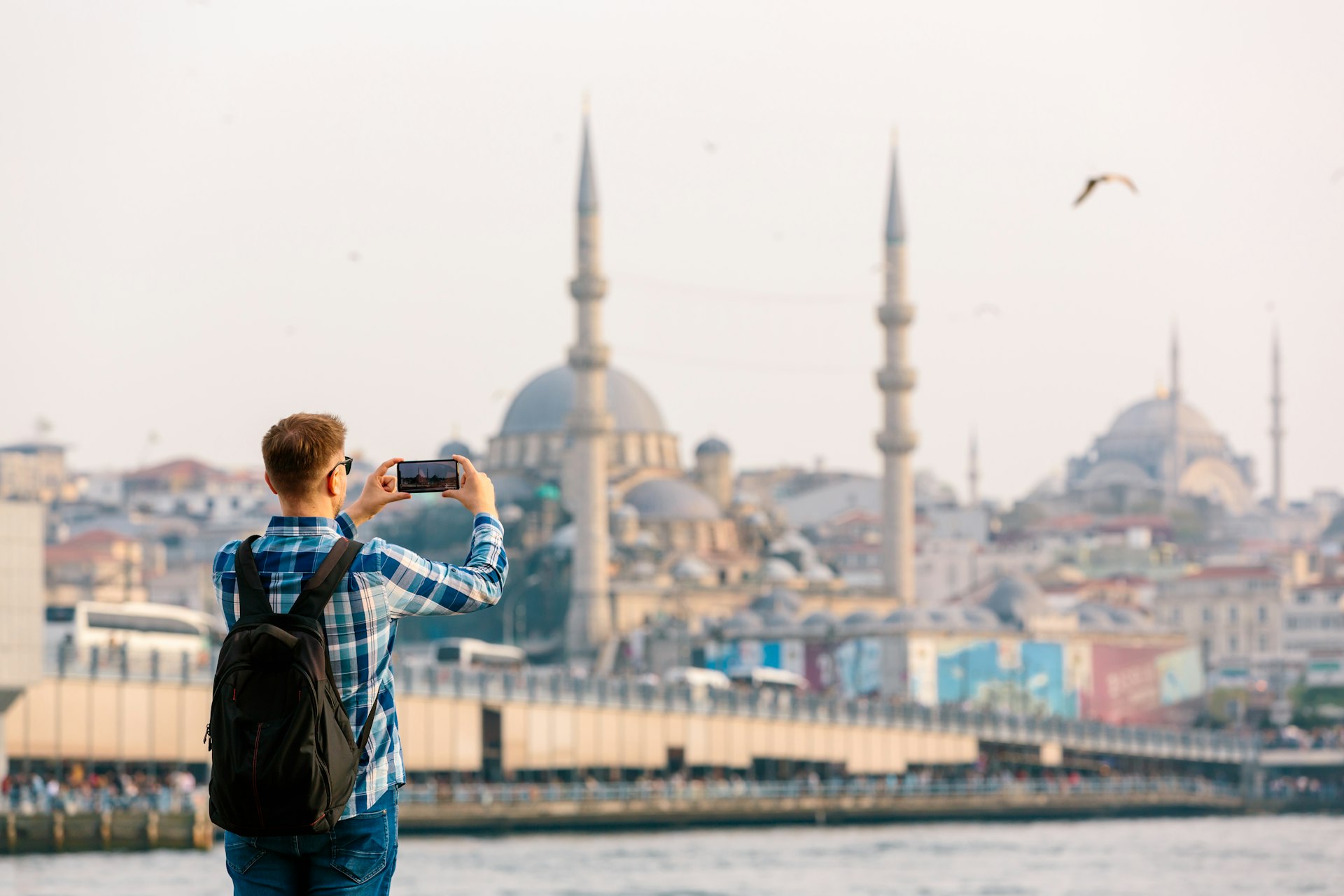Travel
Now’s the time to travel to southeast Türkiye – here’s why – Lonely Planet

On 6 February 2023, Türkiye suffered one of the most devastating events in its post-war history: a pair of 7.8- and 7.5-magnitude earthquakes that ravaged the country’s southeastern region, killing more than 50,000 people in 11 provinces. With over 160,000 buildings severely damaged or destroyed, 100,000 people injured and 3 million displaced, the disaster’s effects were felt across the nation and reverberate to this day.
More than a year later, some affected cities, most notably the historic center of Antakya in Hatay province, remain too badly damaged to host travelers. But other parts of this ancient and enthralling region are as rewarding to visit as they always were – and need the economic boost of tourism more than ever.
“It’s always difficult for all the people who rely on tourism, from drivers to hotel owners to guides, when something like this happens, because it can take years before travelers go back,” says Berry Vos from Mithra Travel, an Antalya-based tour agency that operates trips all around Türkiye.
“But the eastern part of Türkiye is very big, it’s not just Hatay and Kahramanmaraş,” Vos adds, referring to two of the provinces most severely affected by the earthquake. “Most of these beautiful places are open and ready for visitors.”
What sights in Türkiye are welcoming travelers again?
Some of the region’s highest-profile attractions escaped unscathed from the earthquake, including Göbeklitepe, the Neolithic worship site that has upended the world’s understanding of how human culture developed since its rediscovery in 1994. In nearby Şanlıurfa, the top-notch Archaeological Museum, the Haleplibahçe Mosaic Museum and the colorful bazaar are all back in business.
Though earthquakes centuries ago partially toppled the giant statues atop Nemrut Dağı, the remote monuments sustained no further damage in 2023 and are open to visit.
Home to some of the finest Roman-era mosaics in Türkiye, the Zeugma Mosaic Museum in Gaziantep reopened soon after the earthquake when it was assessed to be undamaged. The city’s rich culinary culture offers another good reason to visit – and to support the many local restaurants that stepped up after the disaster to offer free food to neighbors in need, despite the hit to their own bottom line.
In Diyarbakır, the impressive Seljuk-era Ulu Cami (Great Mosque) which sheltered displaced people after the earthquake is now welcoming worshippers and visitors as usual. Museums, mosques and historic sites in the city of Adana are open as well.
The picturesque, labyrinthine old town of Mardin and the monasteries and Roman ruins in its surrounding area were outside the main zone damaged by the quake.
What’s still being restored after the quake
The city of Antakya and the rest of Hatay province, along with Kahramanmaraş and Adıyaman provinces, suffered some of the worst damage in the disaster and are still getting back on their feet, with many displaced people remaining in temporary shelters. The splendid Hatay Archaeological Museum is among the many buildings that must be repaired in downtown Antakya before it can reopen.
In Adıyaman province, the ruins of Arsameia and Yenikale in the mountainous Nemrut Dağı region are still off-limits to visitors for safety reasons following the quake.
In Gaziantep, the centuries-old castle in the center of the old city partially collapsed during the earthquake. Restoration work is underway and reportedly more than half completed, with hopes to reopen the site to the public by the end of 2024.
In general, travelers in Türkiye’s southeastern region should call ahead or inquire at central tourism bureaus before visiting more remote sites to confirm they are open.

What travelers can do to help with recovery
Spending money in places that have reopened to tourism is one of the best ways to help people in the affected provinces rebuild their incomes and lives. Consider hiring a local guide or driver and opt for local restaurants and shops over international chains.
Neighboring provinces like Mardin and Mersin contributed greatly to the emergency relief in the immediate aftermath of the earthquake and have seen their populations grow with people displaced by the disaster, so they could use an economic boost too.
In Mardin, for example, celebrity chef Ebru Baybara Demir, owner of the restaurant Cercis Murat Konağı and initiator of the Topraktan Tabağa cooperative shop, spearheaded numerous food-relief initiatives in the wake of 6 February.
Türkiye’s high level of internal migration means that people from the earthquake region were living all around the country even before the disaster, with large numbers in Istanbul. Even if you don’t travel to the southeastern region, patronize restaurants in Istanbul or other cities that specialize in the cuisine of Hatay, Gaziantep and other affected areas. Their owners are likely to be supporting family back in their hometowns, and in the case of Hatay cuisine in particular, eating at these restaurants helps keep rich culinary traditions alive while in (hopefully temporary) exile.
Istanbul chefs from popular restaurants Basta Street Food Bar, Yeni Lokanta, Mabou and Develi were also among those who pitched in with post-disaster aid efforts while the Local Makers boutique and the Postane café-shop both supported small businesses in the earthquake region. Think of a meal or purchase as a way of saying thank you.
The Abraham Path Initiative, a US-based NGO that helps develop walking trails in Türkiye and the Middle East, has provided micro-grants to help small tourism businesses like homestays around the path in Şanlıurfa, Göbeklitepe and nearby Harran get back on their feet following the earthquake.
“It’s a very welcoming community. The culture of hospitality in that area can’t be fully understood unless you’re there,” says executive director Christopher McLaurin. “It’s been a long road, but watching these communities recover from the trauma of the earthquake and contributing to that makes me feel really positive about the future.”









